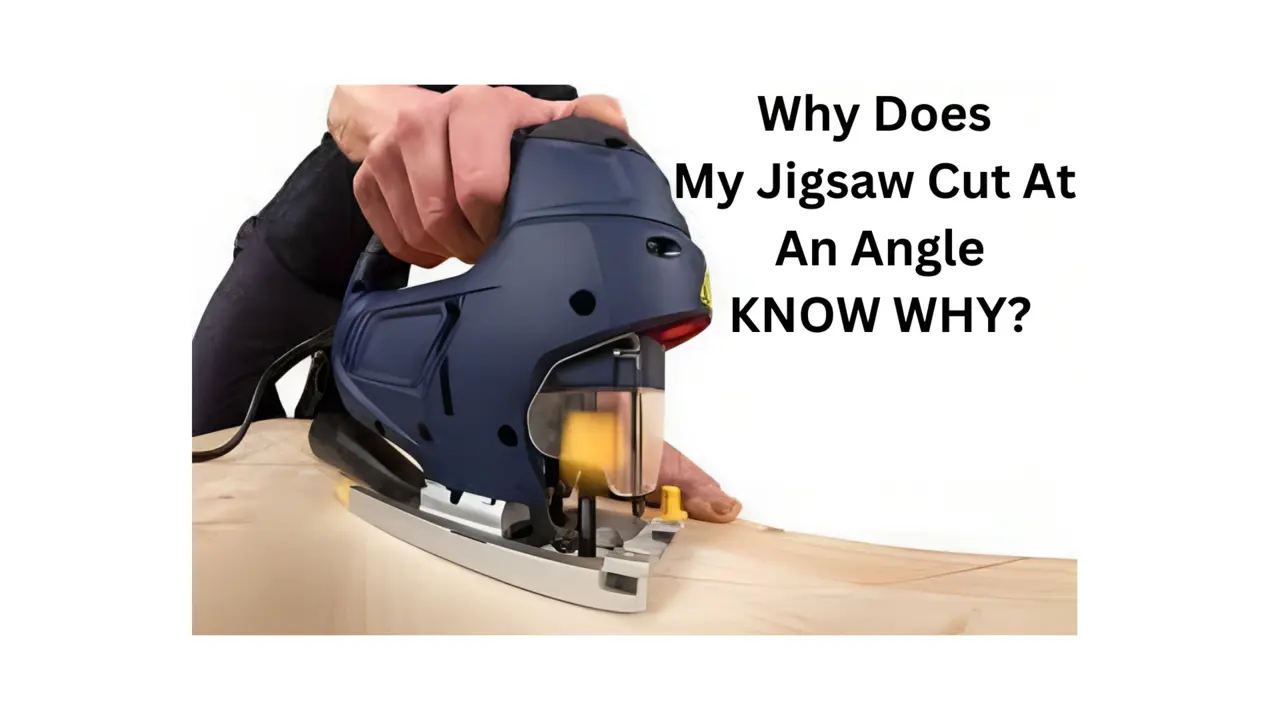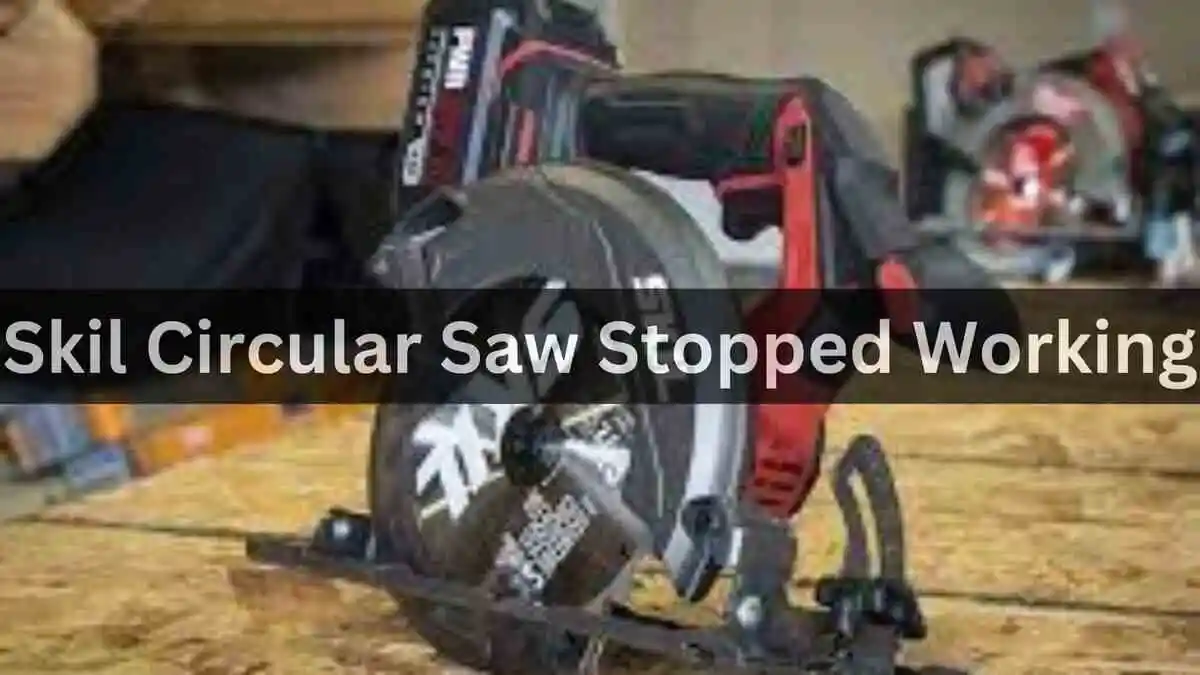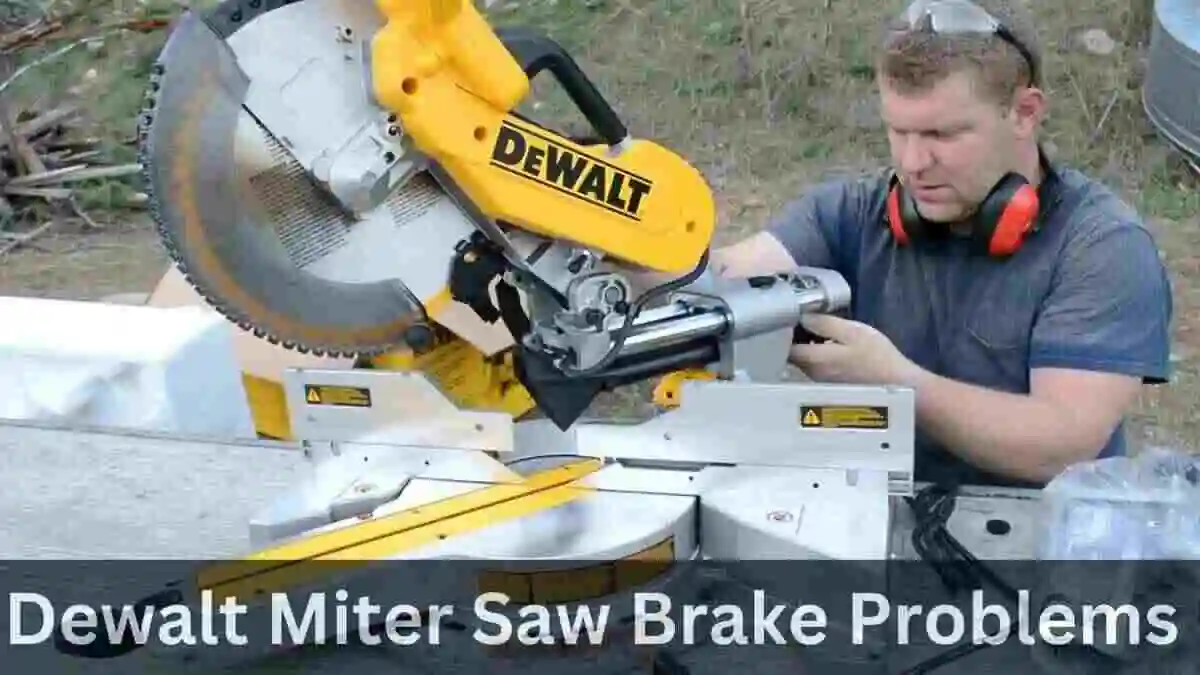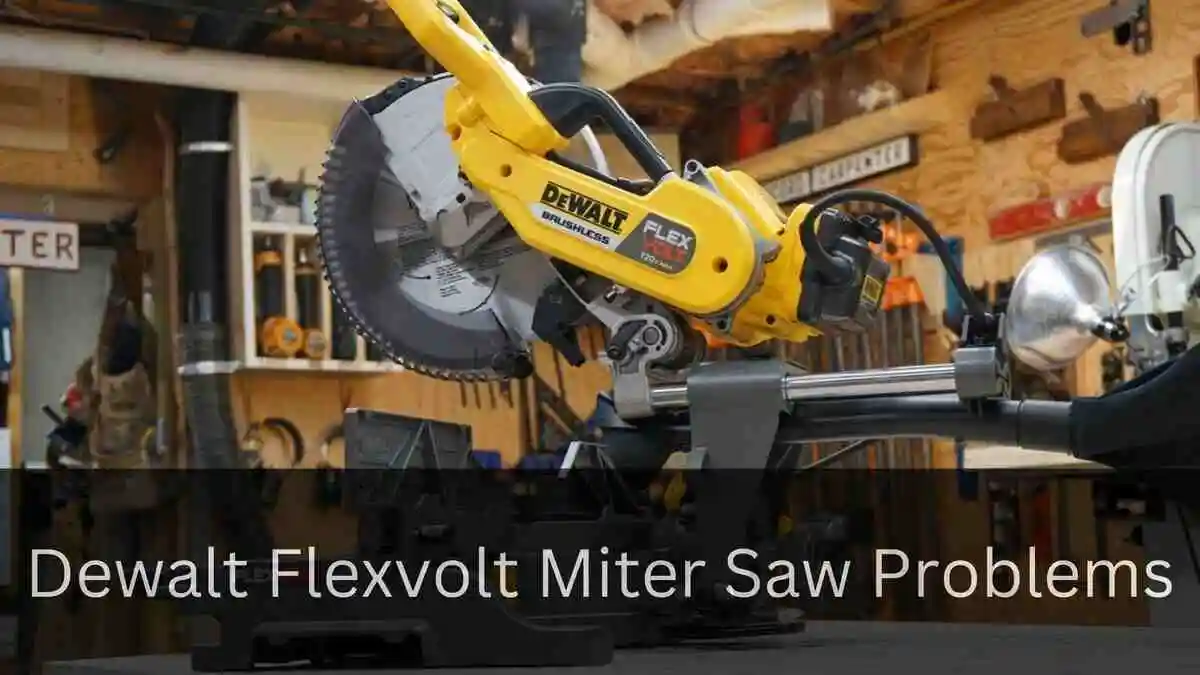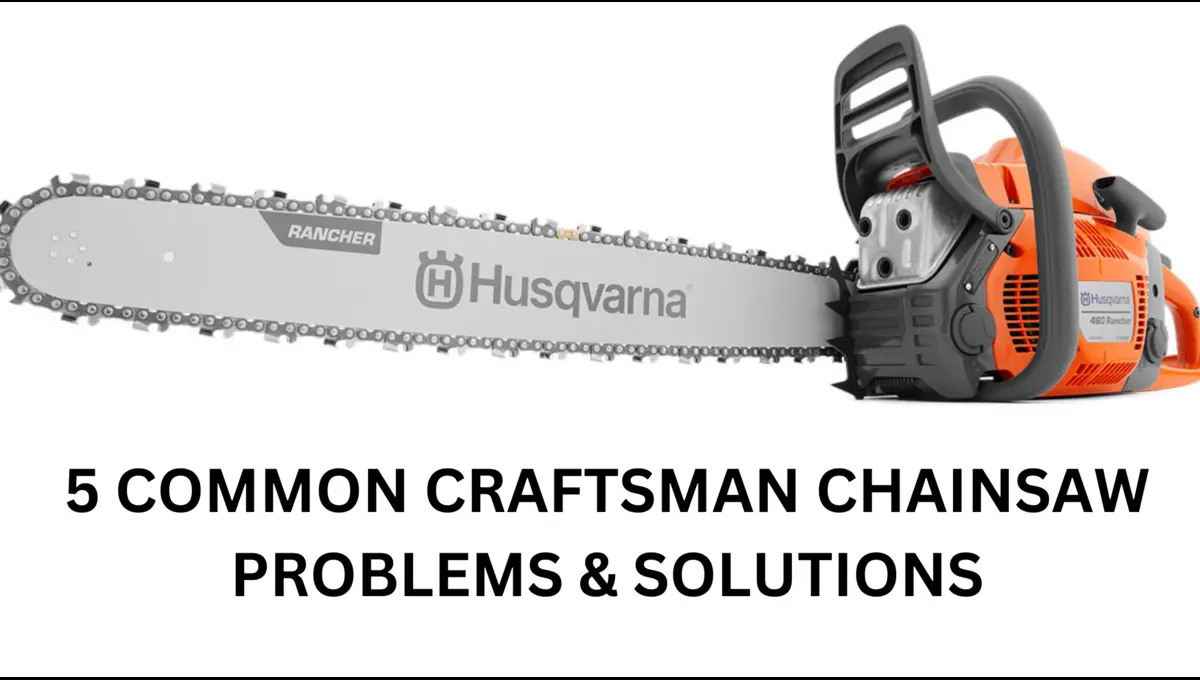Jigsaw are important in woodworking, but they can be frustrating, making you wonder why my jigsaw cuts at an angle. In woodworking, precision is key for top-notch results. Making accurate, straight cuts is crucial for ensuring the excellence of the final product.
In this guide, we’ll look at why jigsaws sometimes make angled cuts and find ways to fix it. Also, we’ll give you practical tips and tricks to get better at making straight cuts with a jigsaw.
Why Does My Jigsaw Cut at an Angle (4 Reasons)
1. Blade Misalignment:
Misalignment of the jigsaw blade is a common culprit for angled cuts. If the blade isn’t put in right or it’s worn out, the jigsaw might not cut where you want it to.
Solution: Ensure the proper installation and alignment of the jigsaw blade. If needed, replace the blade with a high-quality, sharp blade suitable for the material.
2. Machine Misalignment:
Misalignment of the jigsaw’s base or shoe can result in skewed cuts. This may occur due to improper adjustments or damage to the components of the jigsaw.
Solution: Time by time check the base for misalignment and make necessary adjustments. A secure and perpendicular base ensures straight cuts.
3. Incorrect Holding Technique:
Human error, such as holding the jigsaw at an awkward angle, contributes to angled cuts. Proper handling and positioning are crucial for achieving accurate results.
Solution: Maintain a steady hand and proper body positioning. Avoid excessive movement, ensuring the jigsaw follows the intended cutting path.
4. Blade Quality:
The use of cheap, low-quality, or worn blades can compromise cutting precision. Blades made of poor-quality materials tend to bend, and affecting the accuracy of the cut.
Solution: Invest in high-quality blades suitable for the material. Regularly replace blades to ensure sharpness and uniform teeth.
5. Cutting Sharp Curves:
When cutting sharp curves, the jigsaw may veer off course, leading to angled cuts. Improper technique and excessive pressure on the blade exacerbate this issue.
Solution: Adopt proper cutting techniques for sharp curves. Avoid excessive pressure and consider making relief cuts to reduce the load on the blade.
Tips for Making Straight Cuts:
Making straight cuts with a jigsaw is like doing a careful job with the right moves and tools. The tips below explain more about how to do it well, so you can make exact and straight cuts with your jigsaw.
1. Use a Guide:
Incorporating a guide is a fundamental strategy for maintaining straight cuts. Whether you have a special guide or a straight edge, these tools help your jigsaw stay in the right place.
When you use a straight piece of wood along the cutting path, it helps the jigsaw stay on track and not go off course. This is super helpful, especially for longer cuts when keeping a straight line is a bit tricky.
2. Choose the Right Blade:
The blade you select plays a crucial role in achieving straight cuts. For straight cuts, opt for a blade with fine teeth and a thicker profile. Teeth that are fine give a smoother cut, and a thicker blade helps it stay steady while you’re cutting.
Blades made for curves have teeth that are more aggressive, making them less ideal for precise straight cuts. Think about what you’re cutting, and pick a blade that fits its thickness and how hard it is for the best results.
3. Practice Proper Technique:
It’s important to have a steady hand and get good at controlling the jigsaw to make straight cuts. Practice controlling the jigsaw along the cutting line with deliberate and consistent movements.
Avoid sudden or jerky motions that can lead to deviations from the intended path. Additionally, ensure your body posture is stable, with a firm stance and secure grip on the jigsaw.
The better you practice, the better you’ll get at it, and your cuts will become more accurate.
4. Cut Proud of the Line:
If you want to fix any mistakes in the jigsaw cut, try a trick called “cutting proud of the line.” “This involves cutting little bit outside the marked line. After you cut first, use a hand plane or other good tools to trim the edge to the line you want.
This method provides a margin for error during the jigsaw cut, allows adjustments in the finishing stages. It’s a practical approach when absolute precision is crucial for the project at hand.
5. Check Blade Quality:
The quality and condition of your jigsaw blade direct impacts the precision of your cuts. Examine the blade well for sharpness and signs of wear.
Dull or damaged blades contribute to wobbling, vibrations, and imprecise cuts. Ensure you have a supply of high-quality, sharp blades and replace them as needed. A sharp blade not only enhances accuracy but also reduces the chances of the blade wandering during the cutting process.
6. Use the Right Speed:
Adjust how fast your jigsaw goes depending on what you’re cutting. It’s important for making straight cuts. Slower speeds provide better control, especially when working with harder materials. Using the correct speed helps the jigsaw blade stay on track and makes the cuts smoother and more accurate.
Experiment with different speeds on scrap pieces of the same material to find the optimal setting for your specific project.
7. Consider the Material
Different materials need varying cutting techniques. Change how you do things based on how hard and thick the material is for the best results.
Soft woods need faster cutting, and hard materials need slower, careful cutting. Be careful about splinters or tears on the material, and change how you’re cutting to prevent them. Adjusting your cutting to match the material makes your cuts better.
By using these tips your jigsaw cuts will get better, and your projects will look nicer. Whether you’re a pro or starting, these tips help you get better at using a jigsaw for woodworking.
Conclusion:
Becoming skilled at making straight cuts with a jigsaw is about solving problems and using good techniques. It’s like mastering a craft!
To cut straight with a jigsaw, fix how it’s lined up, use a good blade, and practice cutting correctly. That way, your cuts will be accurate and straight.
For simpler use guides, pick the right blade, and change the cutting speed based on what you’re cutting. Follow these tips, and your woodworking projects will be easier. Your jigsaw will help you make things the way you want.
